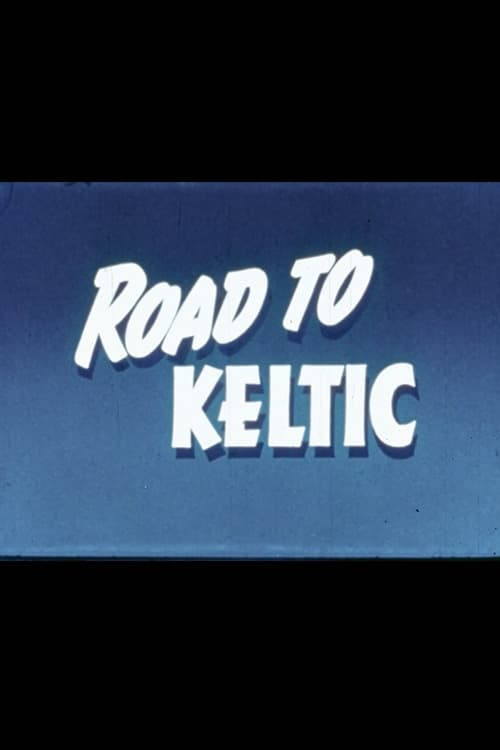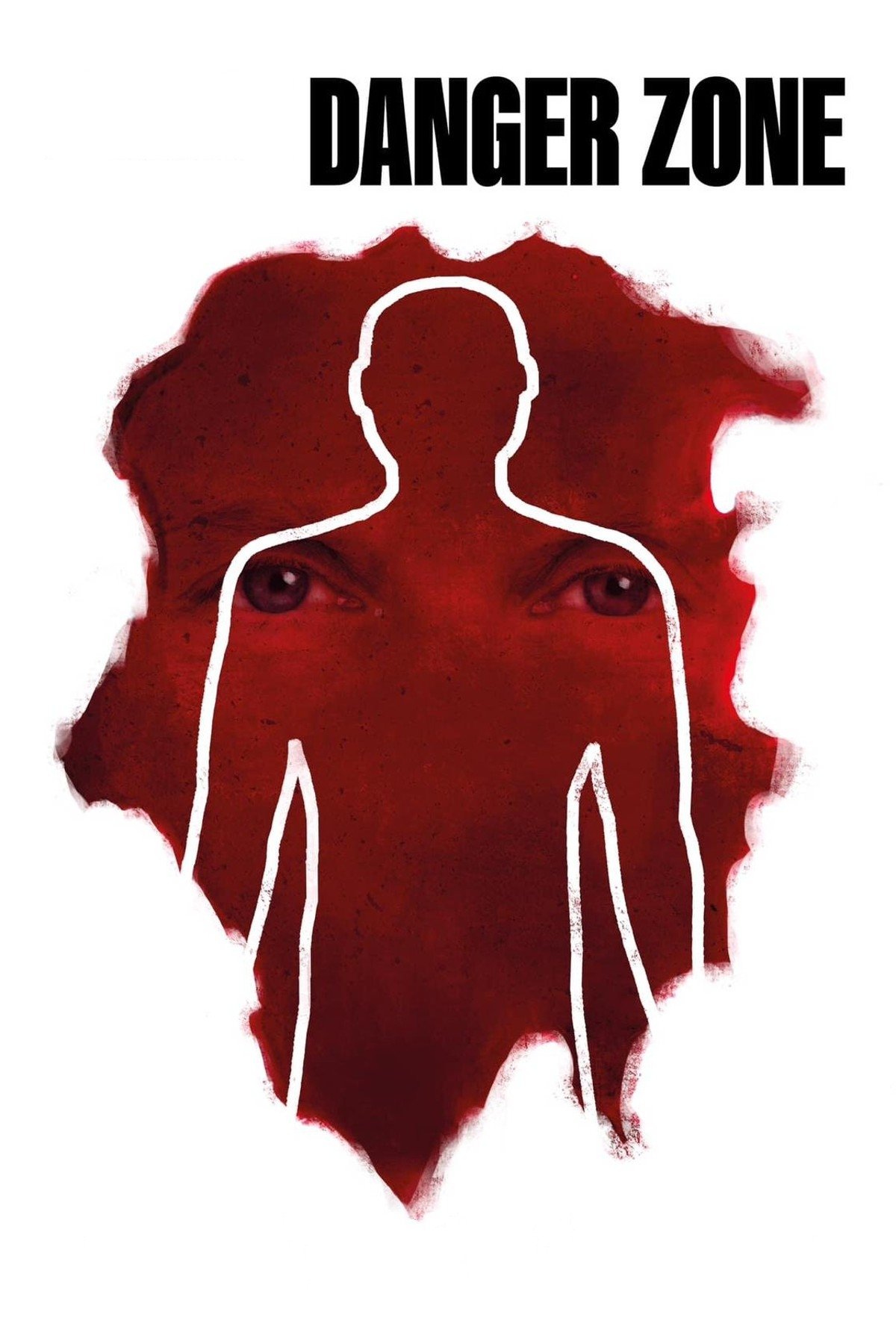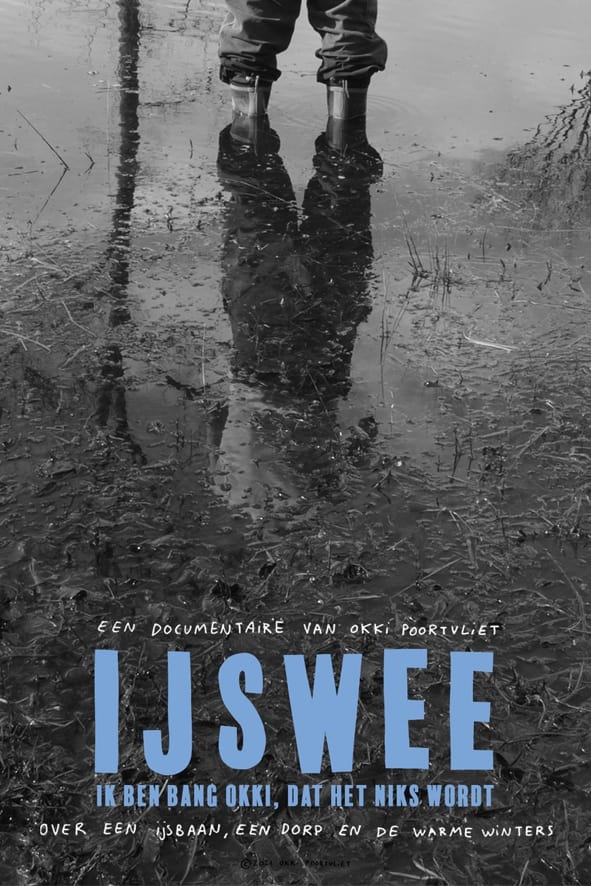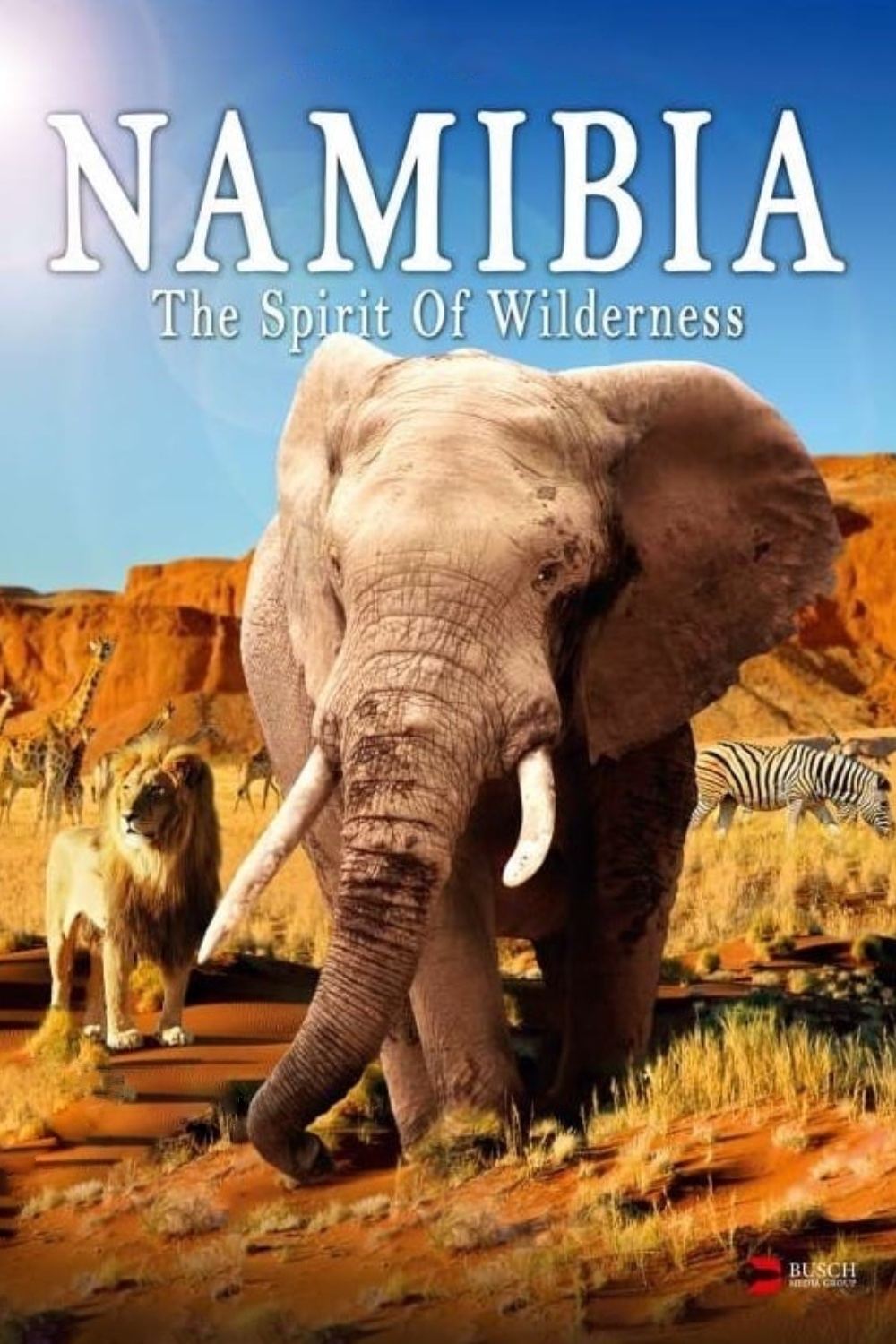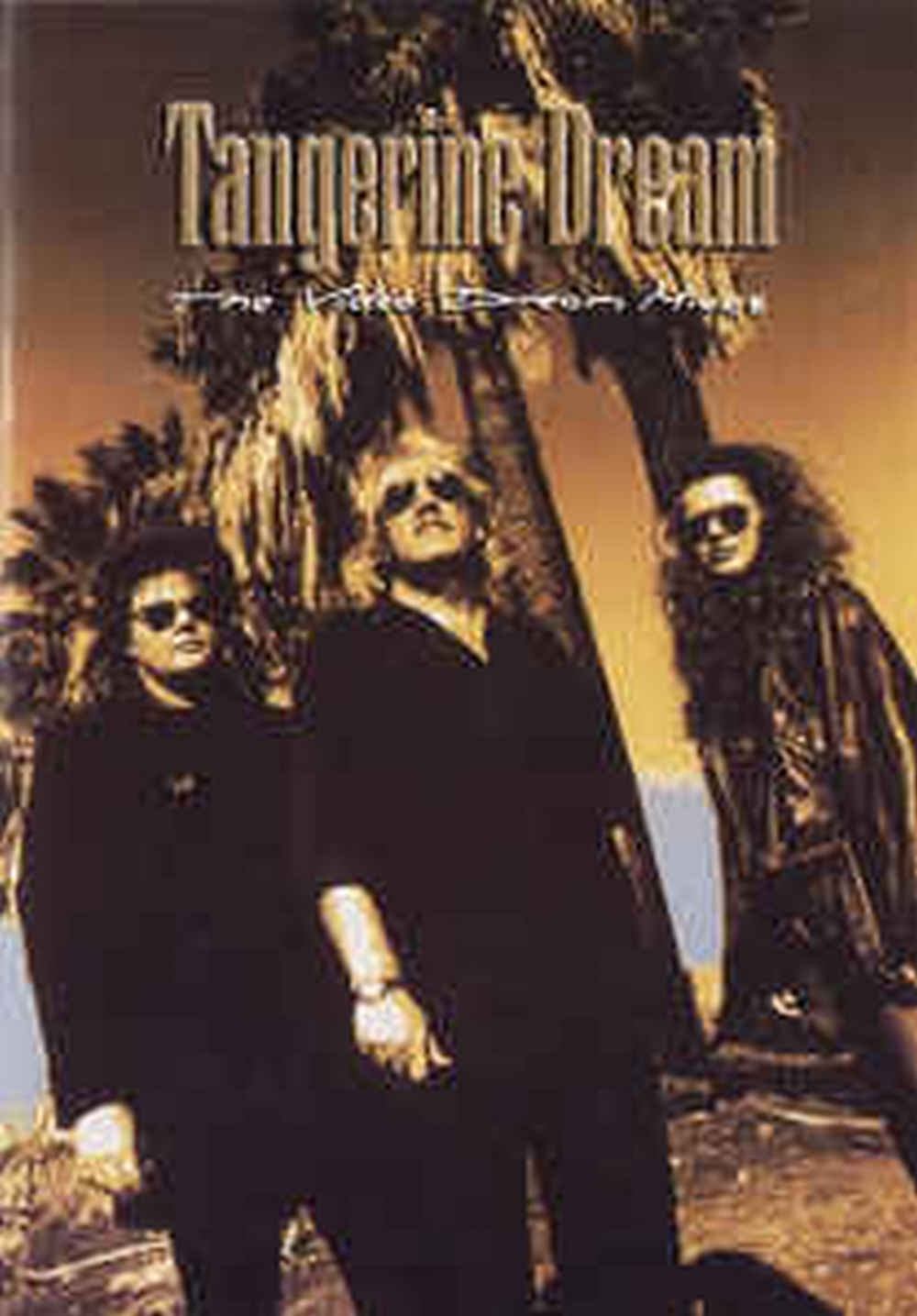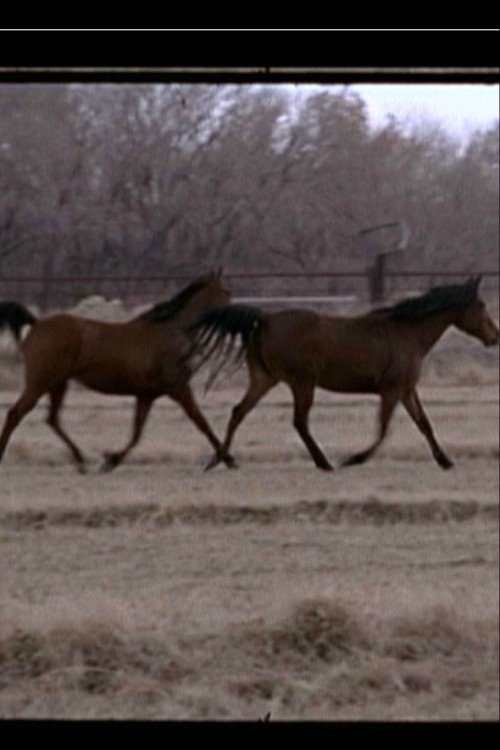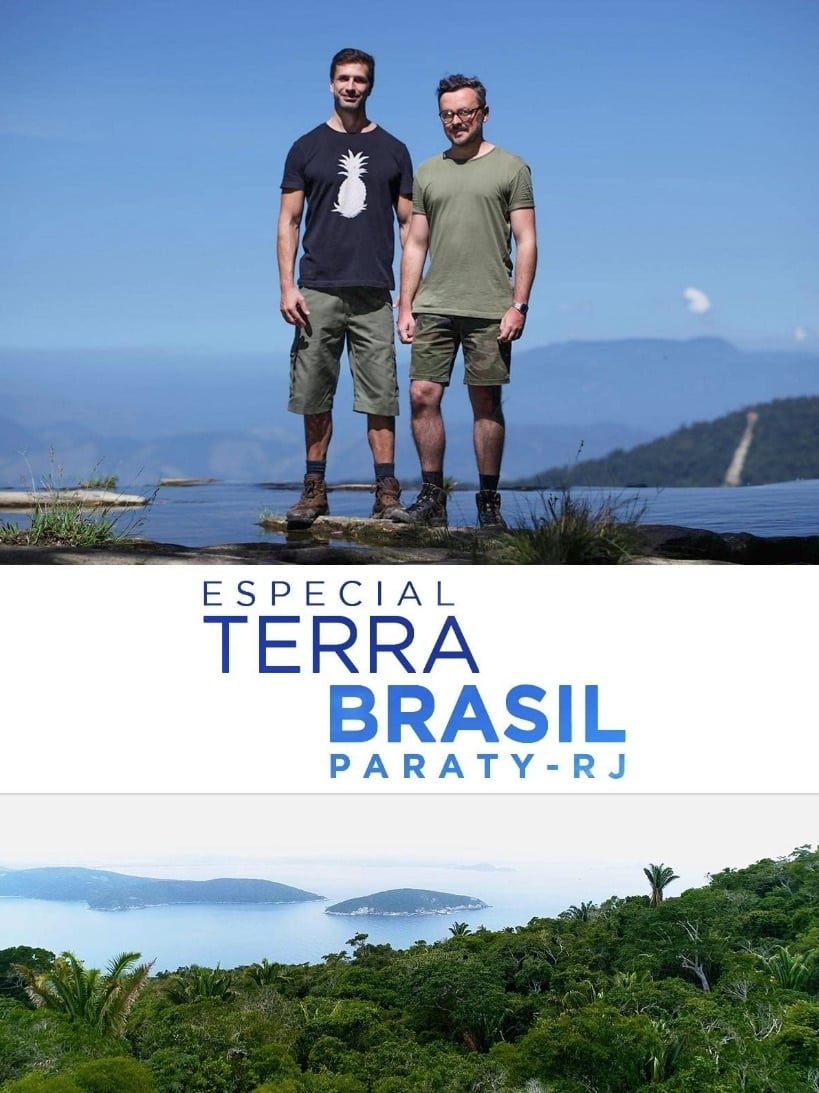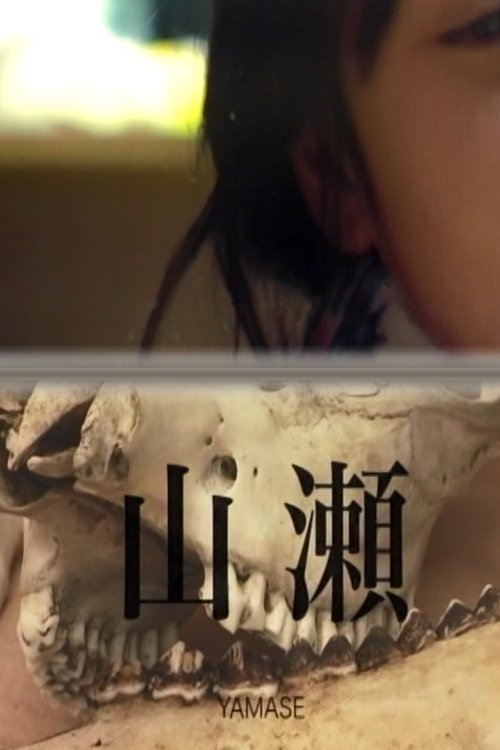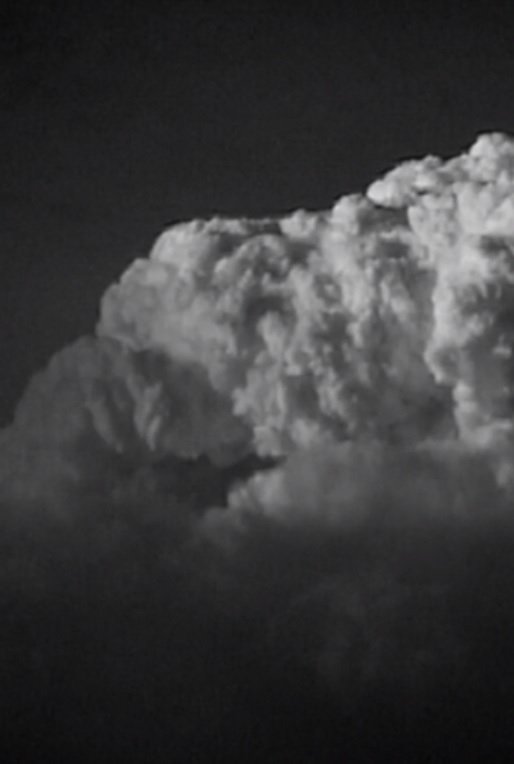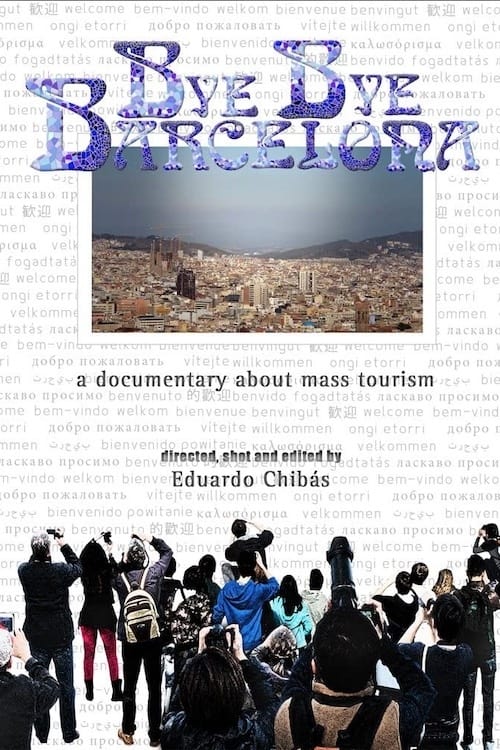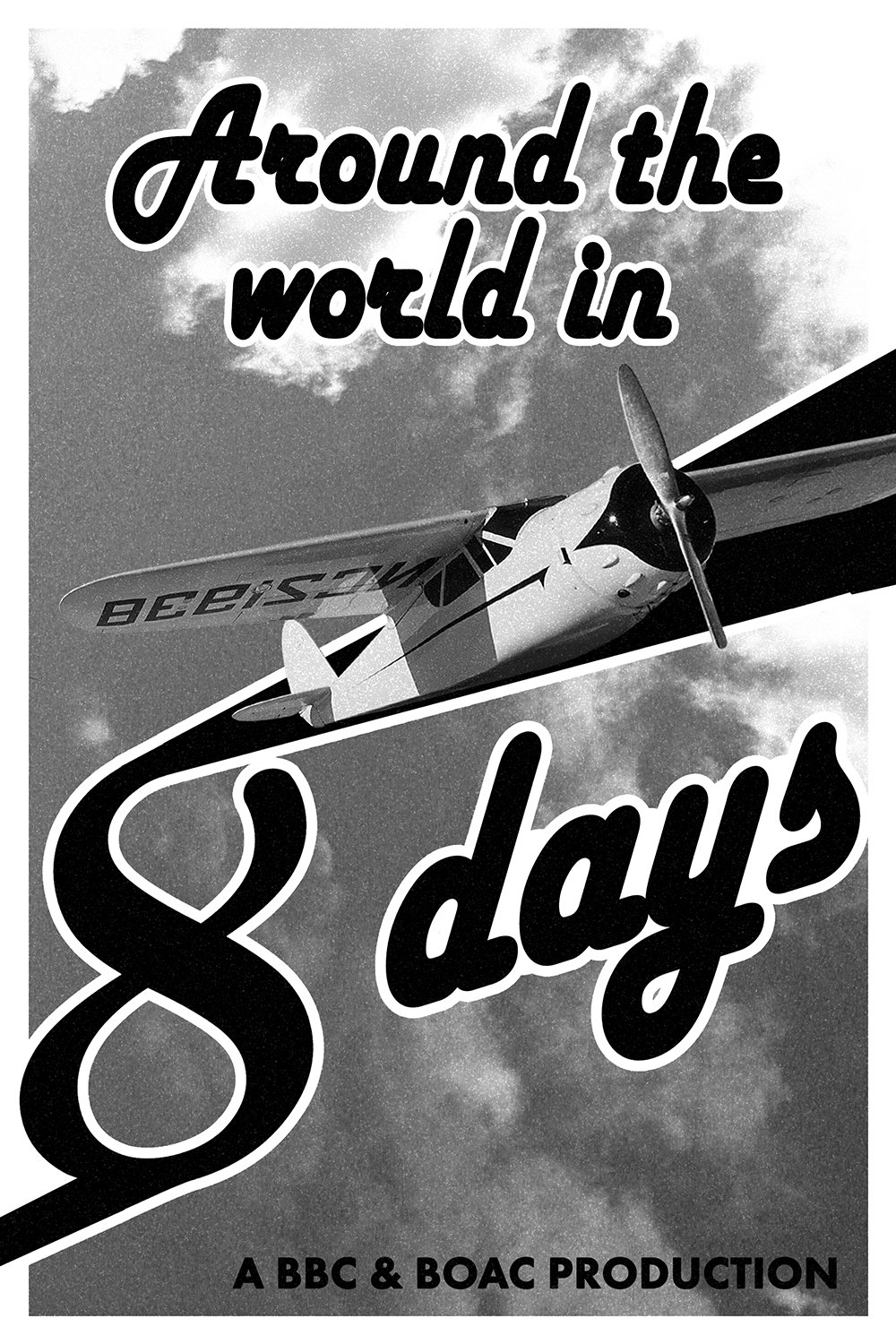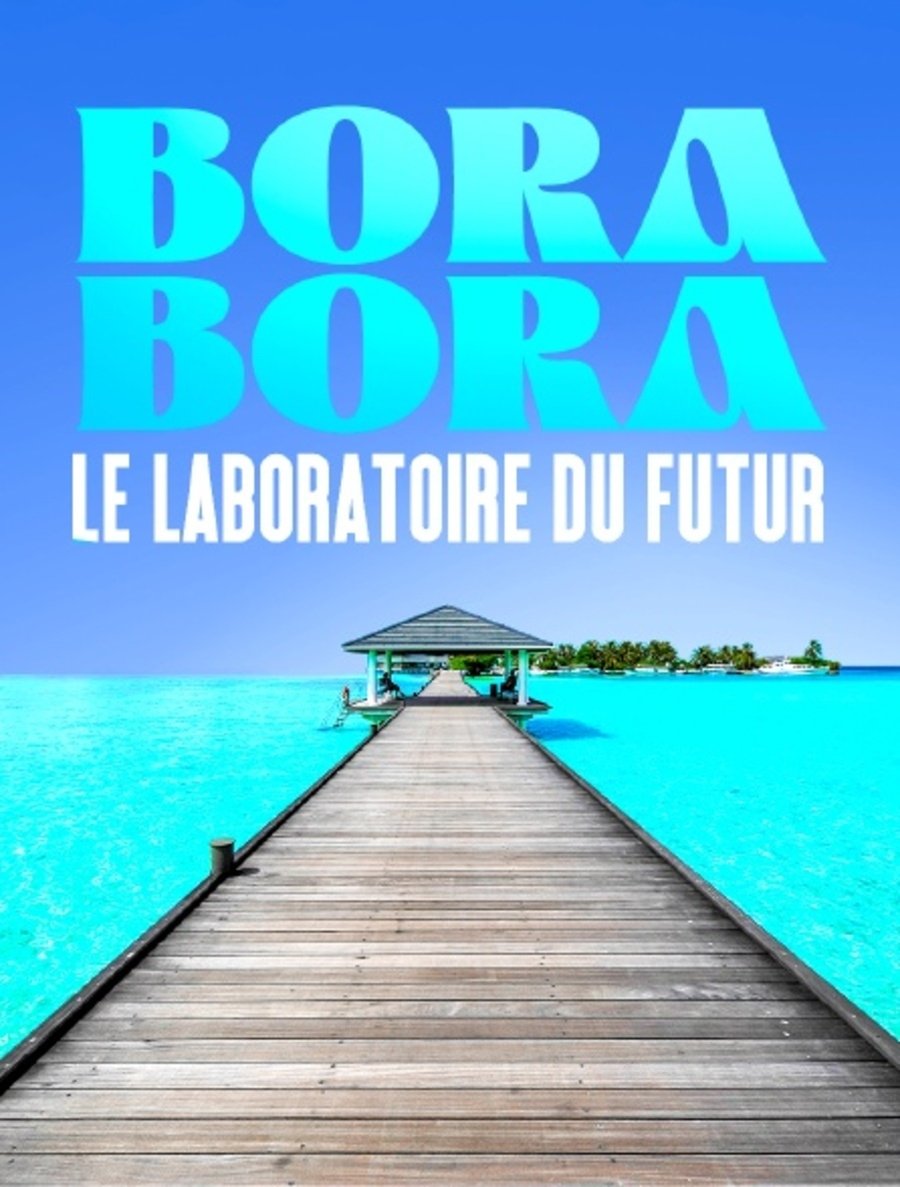Road to the Keltic
1956
0h 17m
0.0(0 votes)
Documentary
Overview
A travelogue along the scenic highways of Cape Breton Island—particularily along the Cabot Trail near Keltic Lodge.
Links & Resources
Social & External
Production Companies
Cast & Crew
1 member
Acting
Ken Davey
Narrator
No Image
Similar Movies
Recommended Movies

No Recommendations Yet
We're working on finding the perfect movies for you. Check back soon!
More movies coming soon
